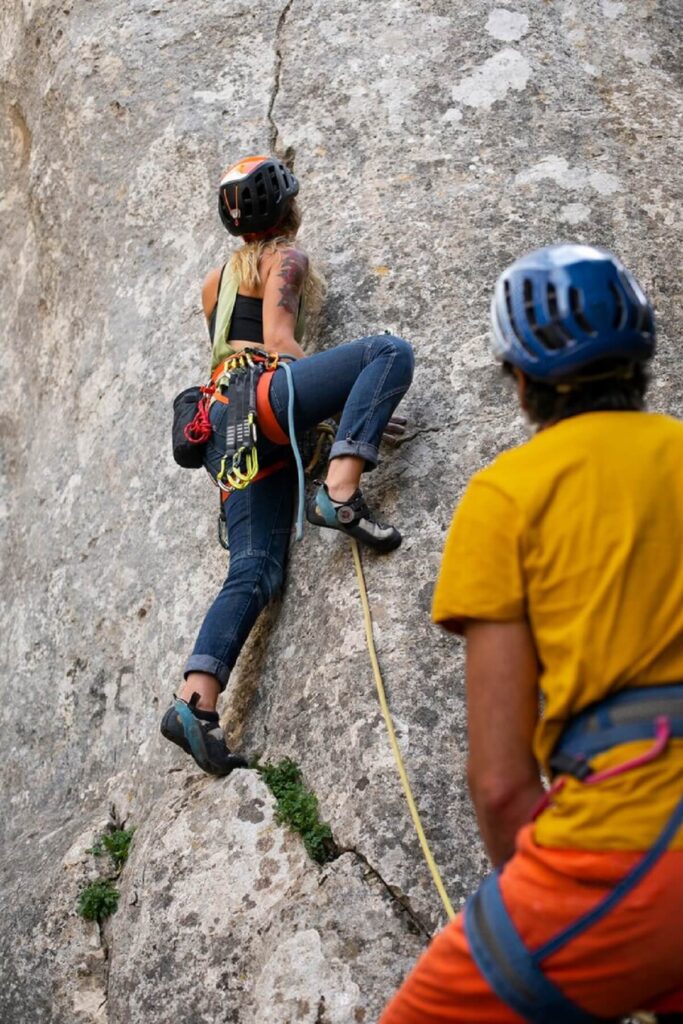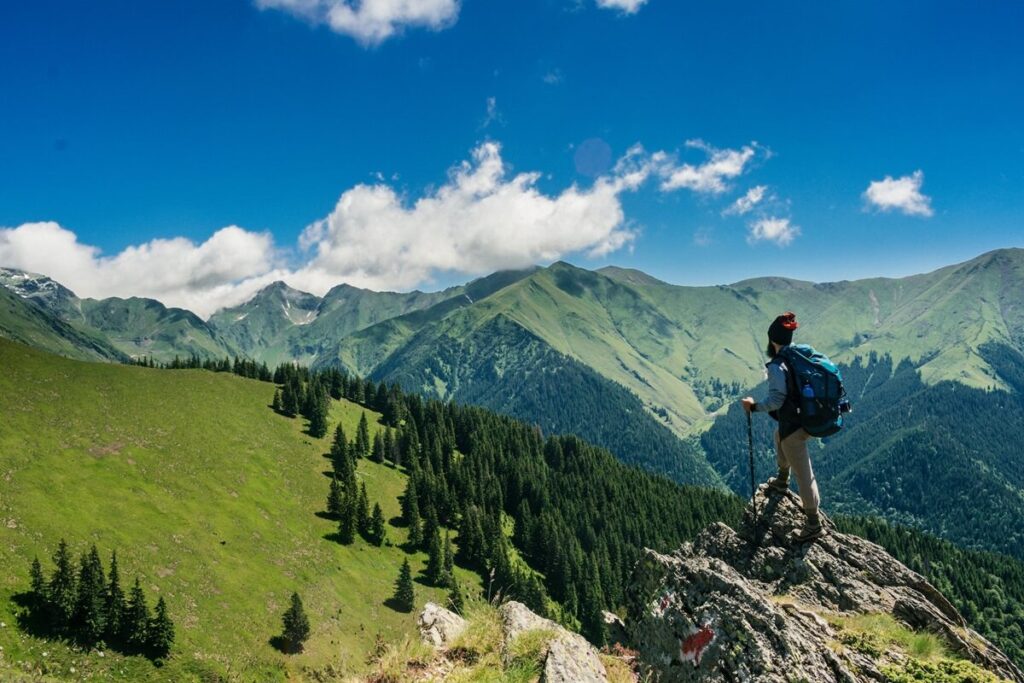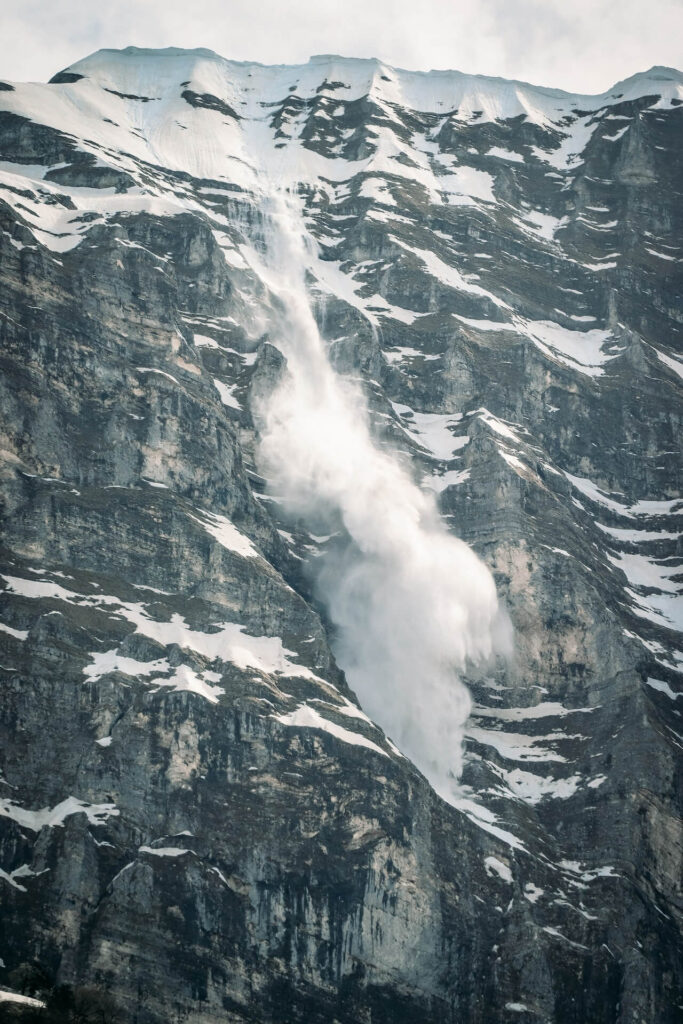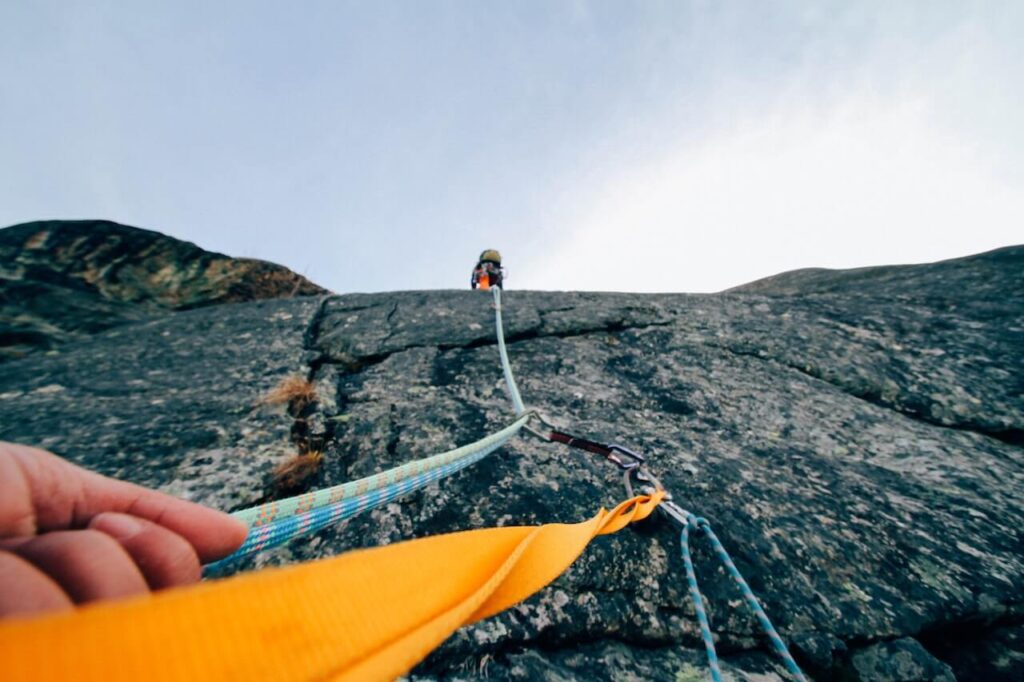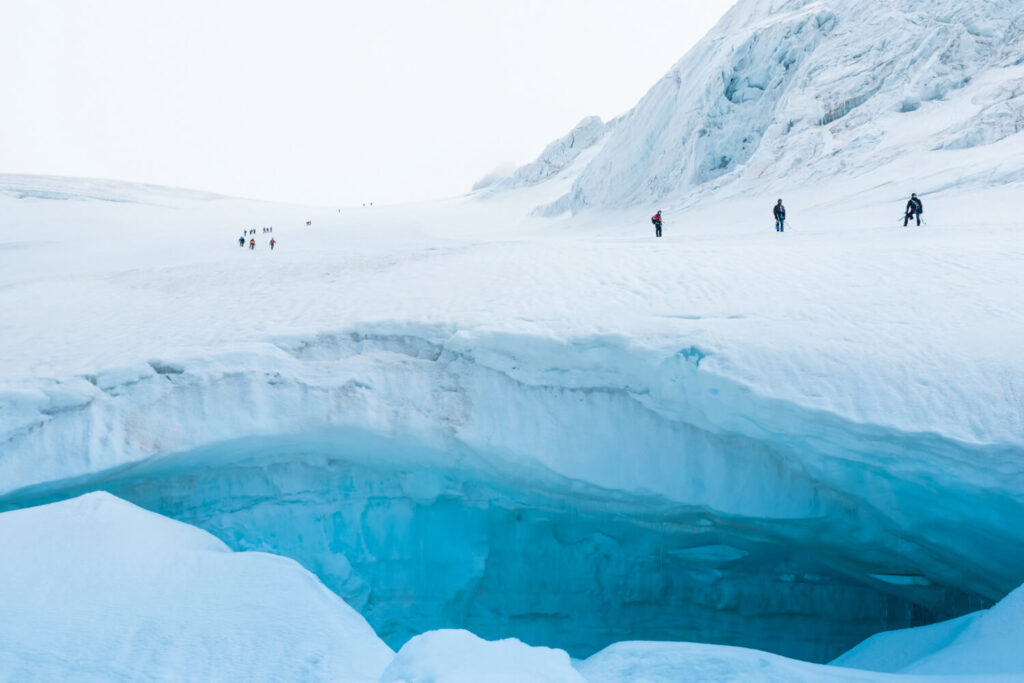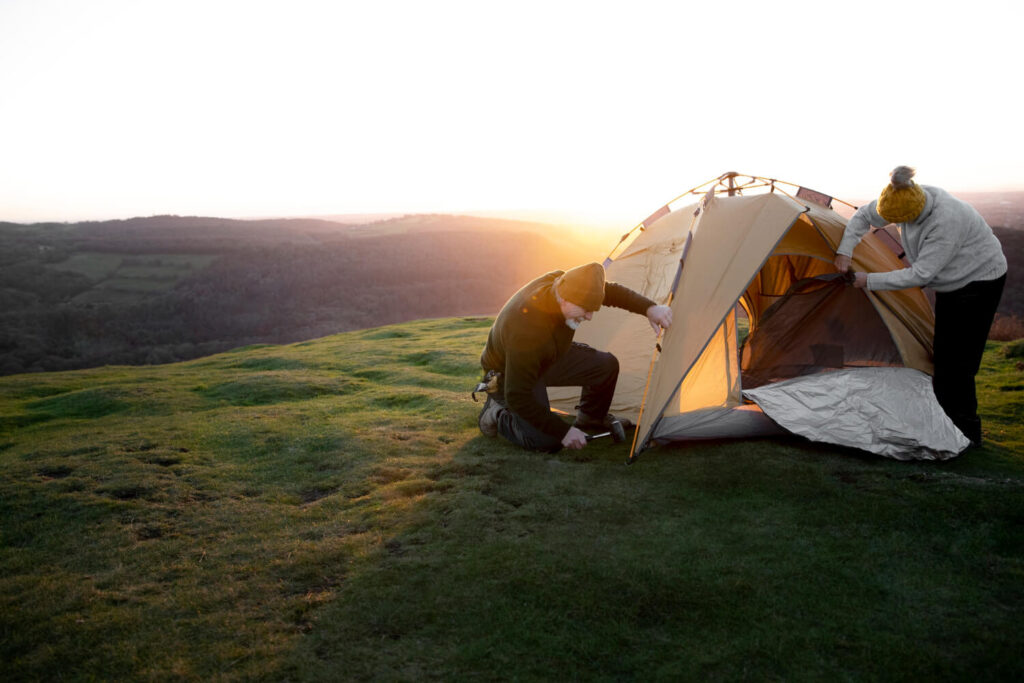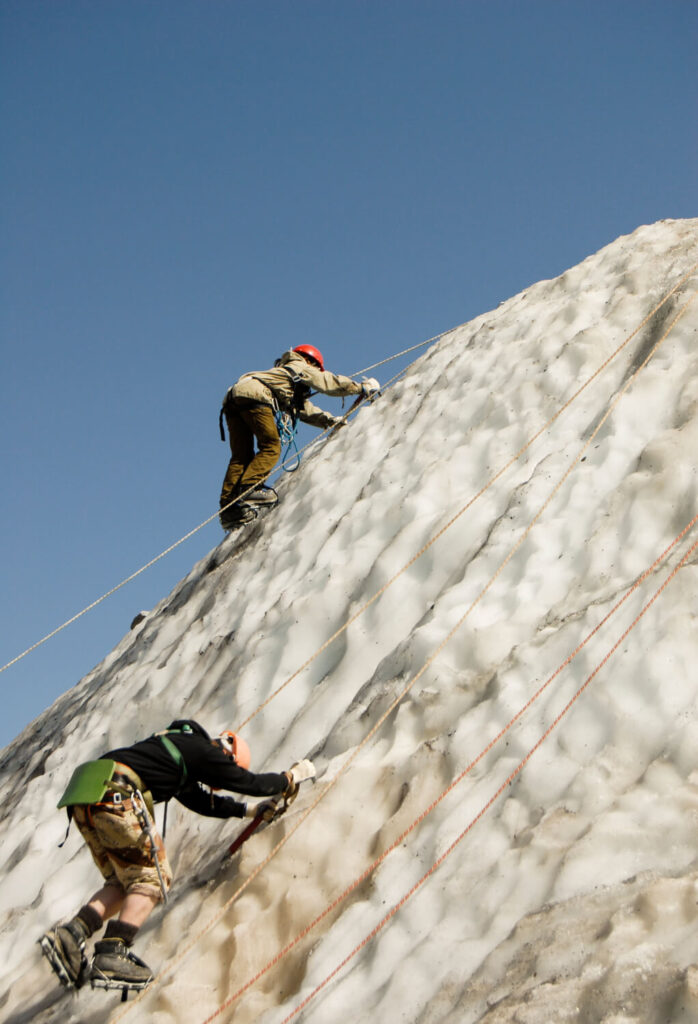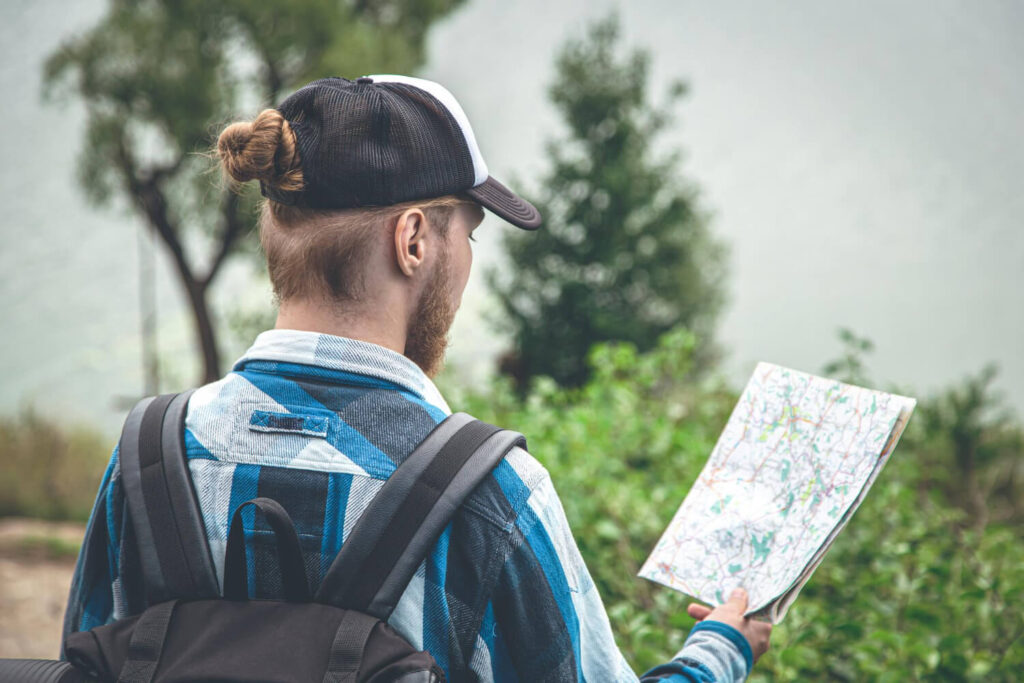Altitude sickness, also known as acute mountain sickness (AMS), is a condition that can affect individuals who ascend to high altitudes too quickly. It occurs due to the decreased oxygen levels and reduced air pressure at higher elevations, leading to various symptoms.
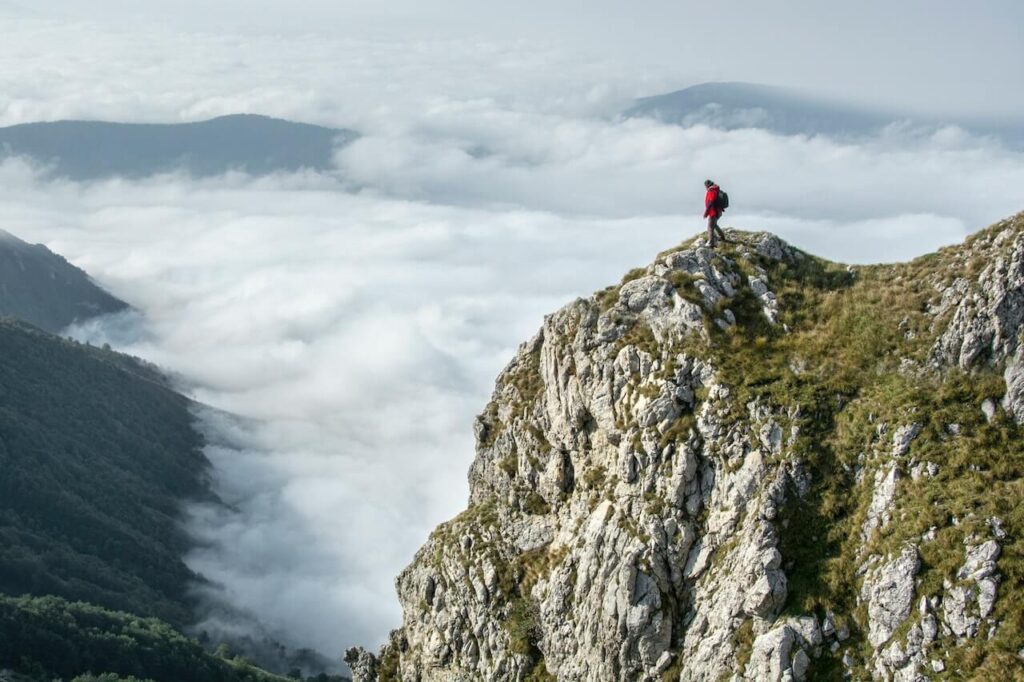
Altitude sickness is a common occurrence among individuals who travel to high-altitude destinations such as mountains or high plateaus. The symptoms of altitude sickness can range from mild to severe and may include headache, nausea, dizziness, fatigue, and difficulty sleeping. Understanding the causes, risk factors, and prevention strategies can help mitigate the impact of altitude sickness.
Two Types of Altitude Sickness
When it comes to mountaineering and exploring high altitudes, it’s crucial to be aware of the risks associated with altitude sickness. This condition can be classified into two types: High Altitude Cerebral Edema (HACE) and High Altitude Pulmonary Edema (HAPE).
High Altitude Cerebral Edema (HACE) is a severe form of altitude sickness that occurs when traveling to high altitudes, causing the brain to swell with fluid. Its effects can be dire, leading to coma, loss of coordination, and even death.
On the other hand, High Altitude Pulmonary Edema (HAPE) is a life-threatening condition characterized by the accumulation of fluid in the lungs due to ascending beyond 2,500 meters (8,200 ft) above sea level. HAPE is not related to cardiac causes and requires immediate attention.
It is important to note that these conditions can have fatal consequences, particularly in extreme environments like the mountains. This information is relevant not only for seasoned senior mountaineers but also for adventurers visiting high-altitude regions like Mongolia, where the geographical and cultural nuances demand awareness of altitude-related risks.
Who is at risk for altitude sickness?
Several factors contribute to an individual’s susceptibility to altitude sickness. These include:
- Genetic makeup
- History of previous altitude sickness
- Residing at an altitude below 3,000 ft
- Presence of respiratory infections or diseases
- Obesity
- Rapid rate of ascent
- Over-exertion prior to the climb
- Alcohol consumption
- Use of sleeping pills
It is important to consider these factors when planning expeditions to high-altitude regions. Whether you’re an avid mountaineer or embarking on an adventure in places like Mongolia, understanding these risks can help ensure a safer and more enjoyable experience.
How to Prevent Altitude Sickness
To reduce the risk of altitude sickness, it is essential to follow specific prevention strategies when ascending to high altitudes.
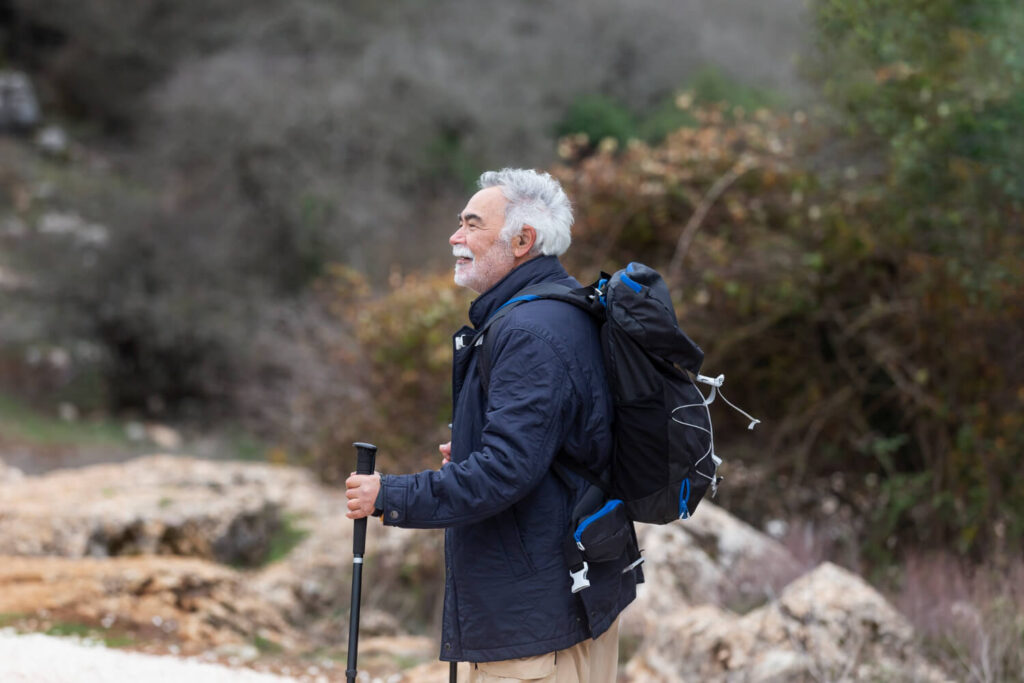
Gradual Ascent and Acclimatization
One of the key prevention strategies is to ascend gradually, allowing the body enough time to acclimatize to the changing conditions. It is recommended to increase the elevation by no more than 1,000 feet (300 meters) per day above 8,000 feet (2,400 meters). Taking rest days during the ascent can also aid in acclimatization.
Hydration and Adequate Fluid Intake
Staying hydrated is crucial at high altitudes. Drinking plenty of fluids helps to combat the effects of dehydration caused by the dry mountain air. It is recommended to consume at least 3-4 liters of water per day while at high altitudes.
Medications for Altitude Sickness Prevention
Certain medications, such as acetazolamide, can help prevent altitude sickness. Acetazolamide works by increasing the rate of breathing, promoting oxygen intake, and stimulating acclimatization. However, it is important to consult a healthcare professional before taking any medications for altitude sickness prevention.
Natural Remedies for Altitude Sickness You Can Easily Get

Eat More of These
In addition to the prevention strategies mentioned above, several natural remedies may help alleviate the symptoms of altitude sickness. While these remedies may not work for everyone, they are worth considering as complementary approaches.
- Ginger: Consuming ginger in the form of tea or candies can help with digestion and reduce nausea.
- Garlic: Adding garlic to your diet or taking garlic supplements before ascending to high altitudes may improve blood circulation and reduce the risk of altitude sickness.
- Ginkgo Biloba: This herbal supplement enhances cognitive function and increases blood flow to the brain, potentially reducing altitude sickness symptoms. Consult a healthcare professional before use.
- Rhodiola Rosea: This adaptogenic herb combats fatigue and stress. While its effectiveness in reducing altitude sickness symptoms requires more research, it may improve physical performance.
- Coca Leaf Tea: Traditional in the Andes, coca leaf tea is believed to increase oxygen delivery and alleviate symptoms like headaches and fatigue. Note that legal restrictions may apply.
- Peppermint: Known for its soothing properties, peppermint can relieve altitude sickness symptoms like nausea and headaches. Try drinking peppermint tea or inhaling peppermint essential oil.
Remember, these remedies may not work for everyone, and it’s essential to consult a healthcare professional before trying any new supplements.
Rest and Relaxation
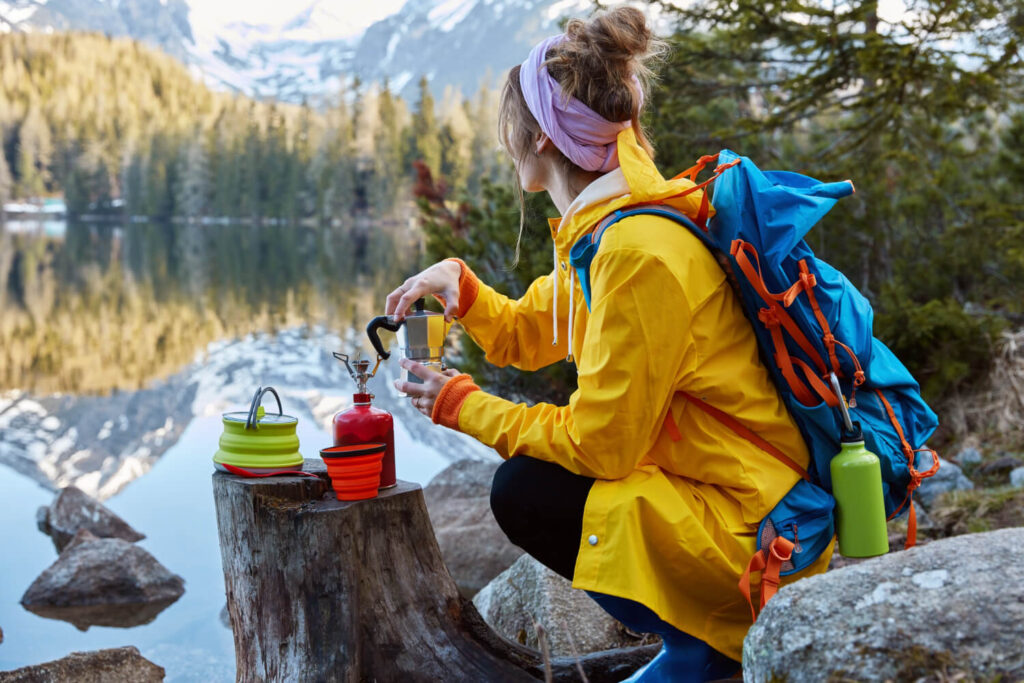
Allowing your body enough time to rest and recover is essential at high altitudes. Take breaks during your ascent and listen to your body’s signals. Avoid overexertion and prioritize restful sleep to aid in acclimatization.
Proper Nutrition
Maintaining a balanced diet rich in carbohydrates and electrolytes can support your body’s energy levels and hydration status. Consume foods such as whole grains, fruits, vegetables, and nuts to provide essential nutrients and promote overall well-being.
Breathing Exercises
Practicing deep breathing exercises can help increase oxygen intake and promote relaxation. Slow, deep breaths can help reduce symptoms such as dizziness and shortness of breath.
Avoiding Alcohol and Smoking
Alcohol and smoking can further dehydrate the body and exacerbate the symptoms of altitude sickness. It is advisable to refrain from alcohol consumption and avoid smoking during your stay at high altitudes.
Treatment Options for Altitude Sickness
If symptoms of altitude sickness persist or worsen, it is crucial to seek appropriate treatment.
Descending to Lower Altitudes
The most effective treatment for altitude sickness is descending to lower altitudes. If symptoms become severe or life-threatening, it is necessary to descend as soon as possible to provide the body with sufficient oxygen.
Oxygen Supplementation
In some cases, supplemental oxygen can be administered to alleviate symptoms. Portable oxygen cylinders or oxygen concentrators are commonly used to provide immediate relief.
Medications for Symptom Relief
Certain medications, such as pain relievers and anti-nausea drugs, may be prescribed to alleviate specific symptoms of altitude sickness. These medications can provide temporary relief and help manage discomfort.
Frequently Asked Questions
1. Can altitude sickness be fatal?
Altitude sickness can range from mild to severe, and in rare cases, it can be fatal. It is crucial to pay attention to symptoms and seek appropriate treatment if needed.
2. How long does it take to acclimatize to high altitudes?
The time required for acclimatization varies from person to person. Generally, it takes a few days to a week for the body to adjust to higher altitudes.
3. Can children get altitude sickness?
Children are susceptible to altitude sickness just like adults. It is important to take necessary precautions and monitor their symptoms closely.
4. Can altitude sickness occur on airplanes?
Altitude sickness is less likely to occur on commercial airplanes due to the controlled cabin pressure. However, individuals with pre-existing respiratory or cardiovascular conditions may experience discomfort during flights.


